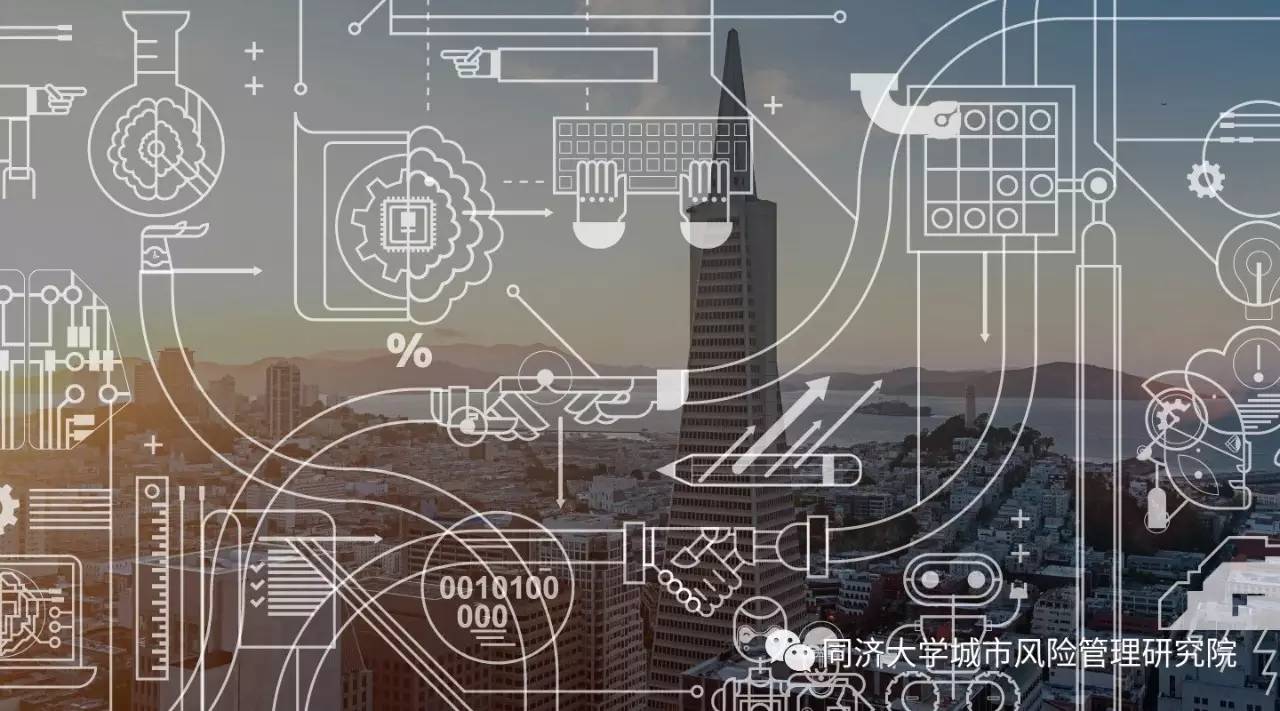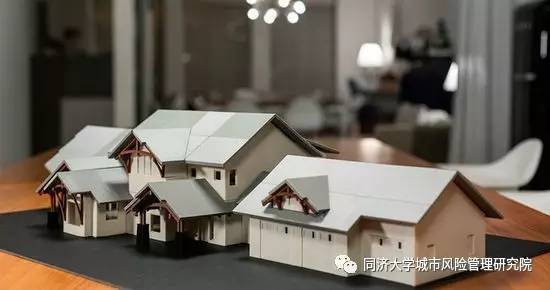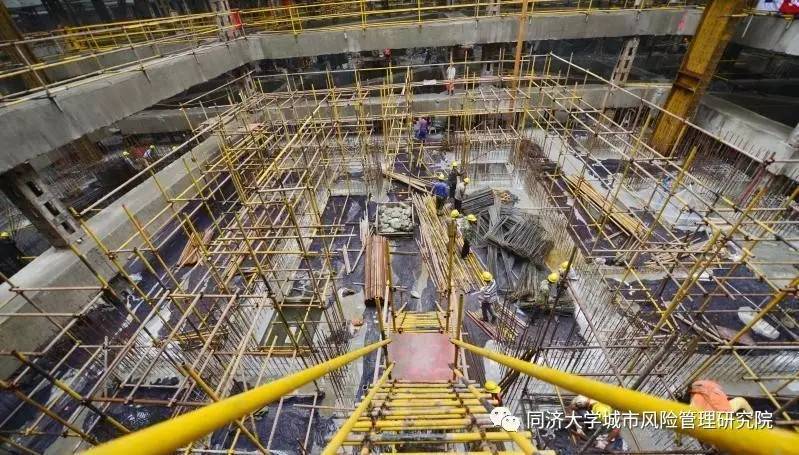We all know that countries all over the world are now busy about one thing that what change will be brought to the traditional industries through subversive technology. In the period of the “Thirteen Five Plan” or even the period far beyond, what subversive technologies do we have in that period of the time? I will provide a report by the McKinsey Global Institute in 2013, and the ten technologies released by the US Defense Magazine in 2014, as well as nine technologies issued by the US National Innovation Strategy. It is clear that although these subversive technologies are not greatly different, something in common is that information technologies, including artificial intelligence and even unmanned system in particular, are placed in a most significant position. And on this basis, all countries are developing their own national plan for the development of science and technology. For example, the German’s “Industrial 4.0” in 2014, and the British “Our Plan for Growth” in December 2014, as well as other plans developed in France, the USA, Japan, South Korea, and other countries.

These developed countries normally show the tandem development process when they make their own development plan for science and technology. Then, what is the tandem development process? All of Industrial Mechanization 1.0, Electrification 2.0, Automation 3.0 and Informatization 4.0 normally follow such a law. This is the tandem-type of development law.
While in our country, a development plan is also made, and one of the most attracting points is the development plan for the manufacturing industry, “Made in China 2025”. It is required to have three steps for making a large manufacturing country into a powerful manufacturing country. A very significant feature is that the tandem development is adopted overseas, while parallel development is adopted in China. We perhaps have not yet completed the industrialization, or even the mechanization has not yet completed in the construction sector. However, we have now superimposed industrialization, informatization and urbanization together, that is to say, industrial 2.0, 3.0 and 4.0 are developed simultaneously. So, this is a parallel development process.
We go back to our own line of business: the construction industry. The manufacturing industry is just mentioned above. In fact, the manufacturing industry and construction industry are closely related. It is all known that economic reform and opening-up have been implemented in China for more than 30 years. The development actually has two carriages. One carriage is for the manufacturing industry, which is the foundation of the country, the basis of the country and the powerfulness of the country. The other carriage is for the construction industry, which is a very important carrier for economic development. When GDP growth slows down, reviving measures will be sought from the manufacturing and construction industries.
However, the government has attached much more attention on the manufacturing industry than the construction industry in respect to the investment on science and technology. Likewise, we should also strive to have “Built in China” instead of “Made in China”. The manufacturing in China is based on intelligent manufacturing, so we can have a look at the construction industry. We have to admit that the application of new technology in the construction industry is indeed slower than that of the manufacturing sector.
Then, why does this happen? Because the construction industry has its own features, which are extensive and fragmented in terms of production methods. No fundamental change has been made. First of all, this kind of fragmentation is a professional fragmentation. The specialized division of labor is building, structure, electromechanical, water supply and drainage. No one can study these four majors simultaneously. However, it is different with the manufacturing industry. If a person has studied mechanical and electrical manufacturing, he is capable of doing many things. When we make designs, it requires not only the architect’s license, but also the structural engineer's license, the constructor’s license and so on. So this is a fragmented industry, and the process from design to construction is also fragmented. Therefore, it has become such a fragmented production mode. This is where the construction industry is different from other industries.
How to transform the extensive production mode into an exquisite production mode? The inspiration obtained from the manufacturing industry is to engage in the information technology. This is the context of my suggestion on digital construction to create “Built in China” with digital construction. In fact, the developed countries have done a lot of work in these areas. There are industrial robots in terms of hardware, and there are intelligent buildings and sensors in terms of network. As for the platform mode, there are BIM, as well as IFC standards. Therefore, China does need the innovative technology system for digital construction to comply with the Chinese national conditions
What is digital construction? To tell the truth, I have no idea to make it clear, because it is something for us to study, and it should be built on our own. There is no systematic study overseas. There are a wide variety of concepts, but several points are in common. The goal is the same. It is the effective use of resources to achieve sustainable development. Core technologies adopted are information technology, computer technology and network technology. A change has taken place in the organization, emphasizing on knowledge-based organization. The original passive management and control has been changed into active management and control of risk.
Now, we will discuss about the digital design based on the process of construction industry. The digital design is essentially to convert the original physical design with formal logic into a kind of design with mathematical logic. The shape of the building can be created through the mathematical model, and the most typical of which is the NURBS curve. It used to be adopted for the design of aircrafts and cars, but now it has also been adopted in the architectural design. The software adopted is CATIA, which is familiar to us, in addition to the design of the Shanghai Center’s curve, and the Phoenix Center’s Mobius strip.

Furthermore, it is the digital construction. In a word, the digital construction is the construction mode from extensive production to exquisite production. That is to say that the entire construction process can be perceptible, computable, optimizable and controllable. Currently, the digital site, 3D printing and robot manufacturing are all included as the digital construction technology.

Finally, it is digitalized operation and maintenance. What is digitalized operation and maintenance? Data can generate added value. The digitalized operation and maintenance is a value-added process for the property through digitalization.
We had better return to the theme of engineering safety today. I would like to talk about safety control for the subway. In the period of “Thirteen Five Plan”, the mileage of the subway in China will be equal to the total sum of that in the world. However, the safety of the subway is incomparable to any other forms of safety. Its incident is not just a production accident, and it will often lead to a public disaster.

The first application I would like to talk about is the correction of the unsafe behavior of workers. In the Heinrich pyramid rule, the cause of the accident is due to human behavior, accounting for 80%. So, how to control people’s behavior? It is much more difficult to control the behavior of Chinese workers. These figures are all very familiar to everyone. There are more than 80,000 pictures of unsafe behavior. Why are there so many photos? Basically, 40% to 60% of workers are mobile on a construction site each year. It is not unusual for a worker left the site after having been trained for safety production. Then, a new worker, knowing nothing at all, is substituted. This kind of thing always happens.
Because when an accident occurs, the insurance company should compensate for it. Therefore, they have workers trained for safety production, which caused a lot of energy. How can the training be targeted? How to utilize these mathematical models and the information technology? Are there any rules to follow for utilizing so many photos? As there are a total of 80,000 pictures, it is unable to see them one by one. So, we wondered whether the picture space can be changed into a vector space. The vector space can be analyzed and processed by computer. It can obtain the information about construction stages, workers, unsafe behaviors likely to occur, and incidents caused by these unsafe behaviors. Based on above analysis and process, it is possible to find out the law. We selected 500 pictures from the total of 80,000, and then selected 100 pieces from these 500 pictures. Afterwards, each worker would get a manual in such a scale. Thereafter, about 500 pictures have been stored in the computer. The training only needs ten minutes each day. The first application is a targeted and promoted learning of safety knowledge.

The second application is the energy coupling of subway construction risk. Because that many of these accidents are the result of the energy coupling of risk. For example, if welders and painter work together within a spot, it is very likely to cause fire accident. Then, what method can be adopted to isolate them? First of all, it is to find out what is the law for the energy coupling of risk on the site. So, we first set up a big data to be put into a database, and then analyze the law of its role. For example, when a shield-driven tunnel works on the site of a subway, there are about a dozen of input parameters during the construction process, due to the deformation of surface or uneven settlement of the surrounding buildings caused by water and soil erosion. Which of these parameters have greater impact on the deformation of the surface? In fact, the largest common parameter can be obtained through high-dimensional analysis with big data. If this parameter is controlled, everything will be perfect.
In addition, there is an Internet of Things Engineering, that is to say, sensors should be installed on all kinds of construction equipment on the site, and then they are connected with the analyzer through wired or wireless communication network. The early warning will be alarmed if an accident occurs. So, an Internet of Things Engineering of “Sensing, Communication, Notification and Control” will be set up, and this is a safe Internet of Things. With this safe Internet of Things, a safe distance between people and machine can be maintained to control reasonable operating parameters, and to make early warning identification of the coupling of different types of work on the site. Once the risk of energy coupling occurs, the “identification, warning and control” will be integrated. The abovementioned is the second application.

The third application is the government’s regulation and supervision. The core is the record of behavior in the credit system. There is no way to record faithfully the original information of the subject of liability in the credit system. Especially, the concealed works should be traceable. So, we have proposed to set up a main platform for monitoring information of concealed works with “Internet Plus” Engineering Quality Supervision. The concealed engineering acceptance is actually an electronic side station. The electronic side station is to open the PDA to photograph various data, which are transmitted to the background, that is, BIM model, so as to make “process mark”. After leaving marks, each event can be traced afterwards. There are many ways of digital technology applied for engineering safety control, but only one main example has been given here.

Author: Ding Lieyun, Dean of Huazhong University of Science and Technology, and Academician of Chinese Academy of Engineering.

